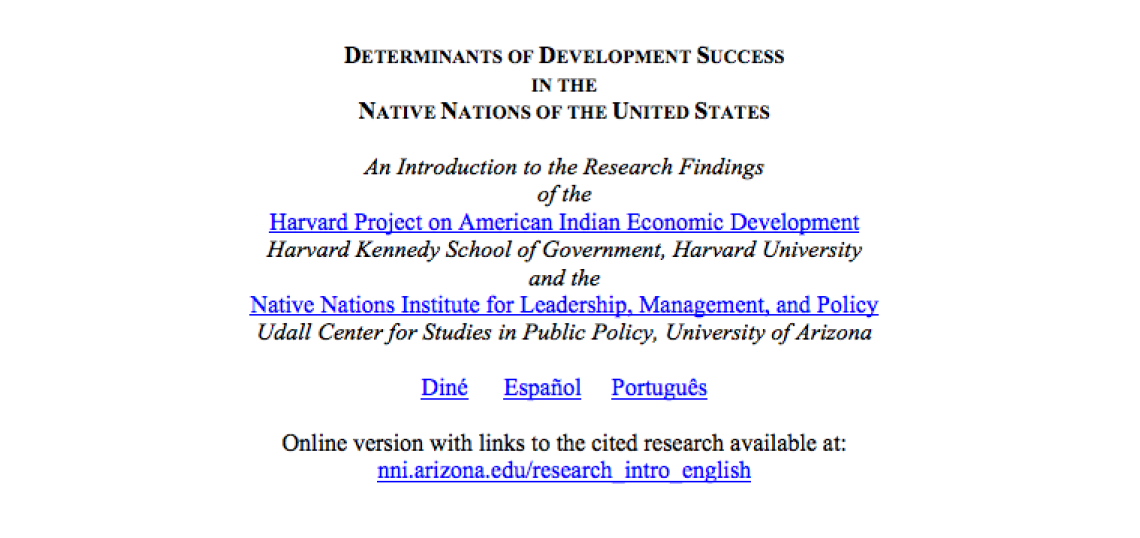The poverty of indigenous North Americans, especially those living on reservations, has beenconcerned Indian and federal policymakers for more than a century. After the treatymaking phase and the establishment of the reservation system, federal policies to address Native poverty vacillated between cultural assimilation, forced urbanization, and asset privatization, on the one hand, and governmental reorganization, natural resource exploitation, and welfare assistance, on the other. None of this experimentation brought American Indians to parity with the rest of the United States. American Indians and Alaska Natives have been the poorest category of Americans for decades.
Recently, however, many resurgent Native nations have created economic growth and accompanying political and social development in their homelands. For the first time, the incomes of Indians on reservations rose faster than the American average without an accompanying rise in federal spending. In the 1970s and 1980s, Indian incomes rose and fell as federal program budgets for Indian Country increased and then decreased. By contrast in the 1990s, federal spending on Indian programs did not change much, but Indian incomes rose, both on reservations with casinos and without. The pace of average income growth on the reservations exceeded the US growth in per capita income by a factor of three.
What explains this welcome improvement? Research begun in the 1980s and continuing to the present examines the variation in outcomes across tribes and uncovers the strategies Native nations have used for success. Whereas many Native and federal...

